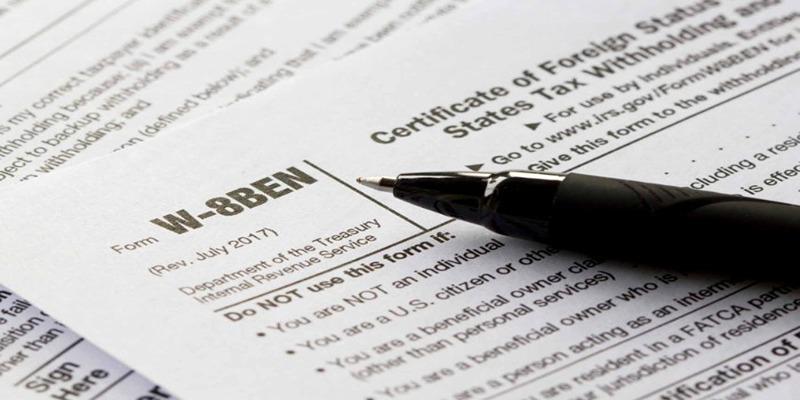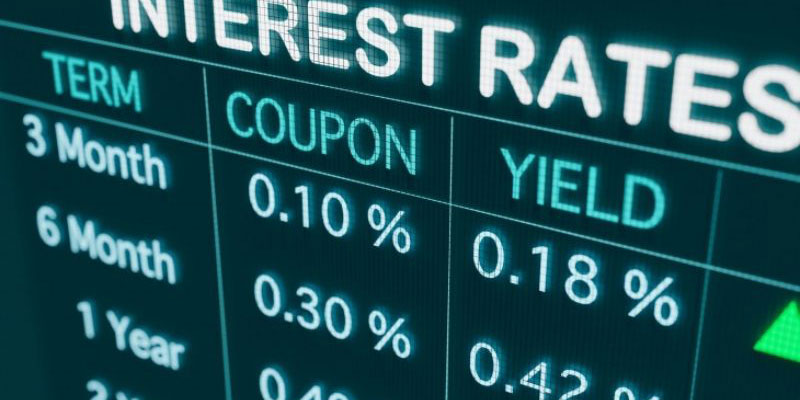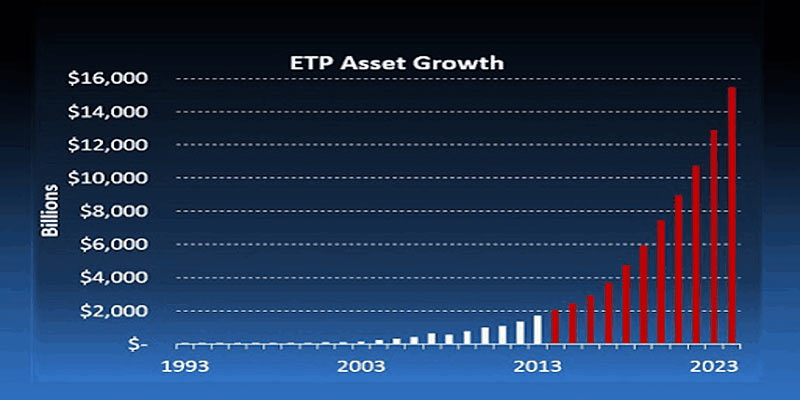What is Yield Rate?
The profit on an investment, such as a stock or a bond, is called yield. It is often presented on an annual basis. The yield on bonds like any other debt instrument, the yield on bonds is made up of interest payments known as the coupon. The term yield in the stock market does not indicate profit from the earnings generated by sales. It represents the monthly return for individuals who own the shares. Dividends represent an investor's portion of the company's quarterly earnings.
For example, if PepsiCo (PEP) pays 50 cents and the stock price is $50, the yearly dividend yield rate is 4%.
If the stock price doubles to $100 while the dividend stays the same, the yield rate falls to 2%.
Bond yields are stated as yield-to-maturity (YTM). A bond's yield-to-maturity is the net profit the bondholder can anticipate getting when the bond’s terms are met. The interest rate determines the yield agreed to by the bond issuer.
What Does Yield Indicate?
The yield represents the realized profit on security over a certain amount of time. It often pertains to different bonds and equities and is represented by a percentage of the security's worth. Dividends income and security price changes are important factors determining an investment's yield. Yield is the cash supply that is also returned to the customer yearly.
Calculation of Yield

To calculate yield rate, a security's net realized return by its principal amount. It's important to note that the yield on an investment can be calculated in a number of different ways depending on the type of asset and the desired rate of return. Stocks' ROI is calculated by dividing their price increase and dividends by their purchasing cost.
The yield on a bond can be determined using either the price yield or the present yield. Returns are calculated as a percentage of the bond's original price when calculating the cost yield, while returns are calculated based on the bond's present price when calculating the current yield.
What is the Interest Rate?
The interest rate on every loan is the proportion of the principal that a borrower will charge yearly until the loan is paid back. Personal loans are usually stated as the loan's annual percentage rate (APR).
If you compound the interest, you will spend an additional amount over a year half and a lot more over several years. Compounding interest is based on the principal payable plus any accrued interest during compounding. This is a critically important topic for savings accounts and loans that calculate interest using compound interest.
Interest rate is another phrase that is commonly used in debt instruments. Whenever an investor purchases a bond, they become a borrower to the firm or government selling it. The interest rate is also called the coupon rate in this context. This rate indicates the investor's regular, recurring payment based on the borrowed principal in exchange for purchasing the bond.
Coupon rates can be actual, conventional, or beneficial, influencing an investor's profit from holding fixed-income debt securities. The most common rate quoted as saying loans and bonds is the nominal interest. This statistic represents the value that the borrower gets as compensation for loaning money to others.
The genuine interest is the value of borrowing that considers inflation and is based on the nominal cost. If the nominal interest rate is 4% and the inflation rate is 2%, the actual interest rate is 2% (4% - 2% = 2%). When inflation goes up, the actual rate can go into the negative. Investors use this statistic to determine the actual return on fixed-income debt instruments.
The effective rate is the last sort of interest rate. This rate takes into account interest compounding. Loans or bonds with more regular compounding will have a higher effective tax rate.
Yield vs. Interest Rate
Interest rates and yield are vital concepts for every investor, particularly those investing in fixed-income assets such as bonds or CDs.
The profits from an investment of more than a given period are called its yield. It includes investor profits such as dividends, interest, and other payments from holding direct investments. Yield is additionally the yearly profit received by an investor for an investment.
The proportion a lender charges for a loan is the interest rate. The term "interest rate" can also refer to the amount of periodic return that an investor might anticipate from a debt security such as a bond or certificate of deposit (CD).
When it comes to bonds, yield, and interest are intimately connected. The interest payments generated by a bond are used to calculate your yield. But still, while yield is the entire profit you make on your company’s shares, it might not always be the same as the interest rate. Mainly, if your investment includes related costs, your overall returns might be lower than the interest charges you get.
Also, if you purchased a bond higher than its current price, your yield percentage would differ from the bond's interest rate. A financial planner can assist you in developing a financial strategy that meets your investing requirements and objectives.
Factors of Yield and Interest Rate

The yield on all lending is determined by current interest rates, which range from personal loans to mortgages and bonds. They ultimately decide the amount someone earns for cutting costs, either in a simple savings account, a CD, or an investment-quality bond.
The current interest rate influences the yield on a bond at the time it is issued. It also impacts the yield a bank will expect when a customer applies for a new vehicle loan. The specific rates will differ based on the amount the issuer or bank lender desires for the business and the borrower's credibility.
Interest rates are continually fluctuating, with the most critical component being the Federal Reserve's guidance, which publishes a target level for a critical interest rate regularly. All other loan rates are based on that fundamental rate of interest.
Summary
Yield is the average total profit made by an investor on an investment. The percentage a lender charges for a loan is the interest rate. Existing bond values typically decrease when interest rates rise, even if coupon rates remain constant, but Yields rise. When interest rates go down, the price of existing bonds increases while the coupon remains constant and yields decline.



